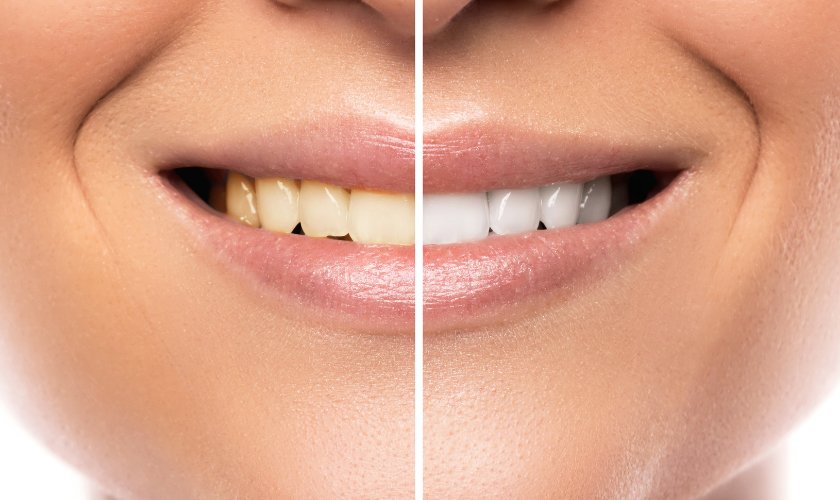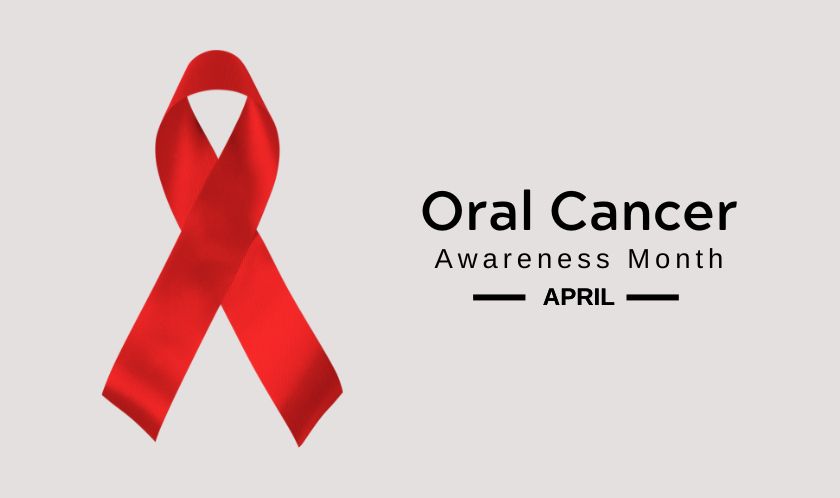
Ah, the power of a bright, white smile! It can boost your confidence and make you look radiant. But sometimes, that pearly white shine gets a bit dull thanks to everyday wear and tear. So, how do you get your smile back to its gleaming best? This is where things can get confusing – teeth whitening vs. teeth cleaning. Don’t worry, we’re here to shed some light on the difference between these two dental procedures!
Teeth Cleaning: The Essential Shield
Think of teeth cleaning as your smile’s knight in shining armor. It’s a preventive measure that removes plaque and tartar buildup, the nasty stuff that can lead to cavities and gum disease. Here’s how it works:
- Plaque Patrol: Plaque is a sticky film that forms on your teeth from food particles and bacteria. Regular brushing and flossing can remove most plaque, but some sneaky bits can linger in those hard-to-reach areas. That’s where your dentist or hygienist comes in with their professional cleaning tools to remove all the plaque buildup.
- Tartar Tamers: If plaque isn’t removed regularly, it hardens into tartar, also known as calculus. Tartar is much tougher than plaque and can only be removed with professional dental tools. It’s important to get rid of tartar because it can irritate your gums and increase your risk of gum disease.
- Fresh Breath Bonus: Beyond the cleaning itself, teeth cleaning also removes food debris and bacteria that can contribute to bad breath. So, on top of a healthier smile, you’ll be breathing a sigh of fresh confidence.
Teeth Whitening: The Smile Spotlight
Now, let’s talk about teeth whitening. This is all about aesthetics, aiming to brighten and whiten your teeth for a more dazzling smile. There are many reasons why teeth might lose their brilliance:
- Staining Culprits: Coffee, tea, red wine, and even some fruits can leave stains on your teeth over time.
- Aging Effects: As we age, teeth naturally lose some of their whiteness.
- Trauma Troubles: Injuries or certain medications can also affect tooth color.
Teeth whitening treatments work by using bleaching agents to break down stains and lighten the color of your teeth. Here are some common whitening options:
- In-Office Whitening: This is a professional treatment performed by your dentist. It’s usually the quickest and most effective way to whiten your teeth.
- At-Home Whitening: There are various at-home whitening products available, including whitening strips, trays, and toothpaste. These options are generally less expensive and convenient, but the results may take longer to achieve and might not be as dramatic.
So, Which One Do You Need?
Here’s the key takeaway: teeth cleaning is essential for maintaining good oral health, while teeth whitening is a cosmetic procedure for a brighter smile. Think of it like this – cleaning is like giving your car a wash to keep it running smoothly, while whitening is like adding a wax job for extra shine.
Here’s a quick guide to help you decide:
- Need to remove plaque and tartar buildup and prevent cavities? Get a teeth cleaning.
- Want to brighten your smile and boost your confidence? Consider teeth whitening.
It’s always best to consult with your dentist before undergoing any teeth whitening treatment. They can assess your oral health, recommend the best whitening option for you, and advise you on how to maintain your results.
Even after teeth whitening, good oral hygiene habits are crucial to prevent stains and keep your smile sparkling. Brushing twice a day, flossing daily, and limiting staining foods and drinks will help you maintain your brighter smile for longer.
Now you’re equipped to make an informed decision about achieving a healthy and dazzling smile. Remember, whether you choose cleaning or teeth whitening, taking care of your oral health is an investment in your overall well-being and confidence.
New Patients & Emergency Appointments Welcome!





